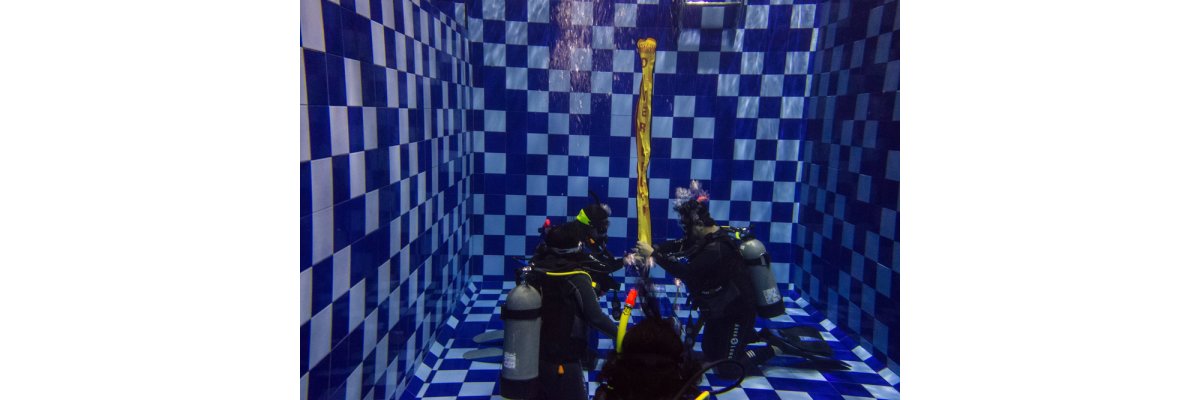When I learned to dive in the 1990’s the use of an SMB was never really thought of nor encouraged. The reason could be that I did my first dive courses in the calm waters of the Caribbean and that the island had installed mooring buoys for the dive boats. We never really did a drift dive but rather would dive one direction then turn and return to the mooring.
Even during my Divemaster training the topic was not truly covered, the use and benefits of a Surface Marker was explained but only in theory, never in practise. No one ever thought of the what-if scenarios.
What if you got into difficulty and could not make it back to the mooring?
What if the boat needed to leave the mooring due to change in the sea conditions?
The first time I trained with and used a DSMB was during my technical dive training, here it was part of the course and at the end every dive we had to send up a Deco buoy to signal the surface support that we are ok and about to start our deco or ascent. The captain and the surface support had our dive schedule and knew when the marker should come up.
I cannot think of any technical dive I ever did without using my SMB during my ascent, it always gave me a more comfortable feeling that I knew the surface support can see me during my, sometimes long, decostops.
Now nearly 20 years later and thousands more dives around the world, the use of a surface marker is like second nature for me and has definitely come in handy when diving in remote locations such as the Galapagos, Fiji, Indonesia and off shore islands of the Red Sea.
Recently the most recognised diver training organisations have added deployment of SMB to their beginner courses, and I am so glad that they have.

Encouraging new divers to think about their own safety and be prepared is extremely important.
A SMB should be an essential part of any diver’s kit.
by Thomas Erbe - Heritage Diving

